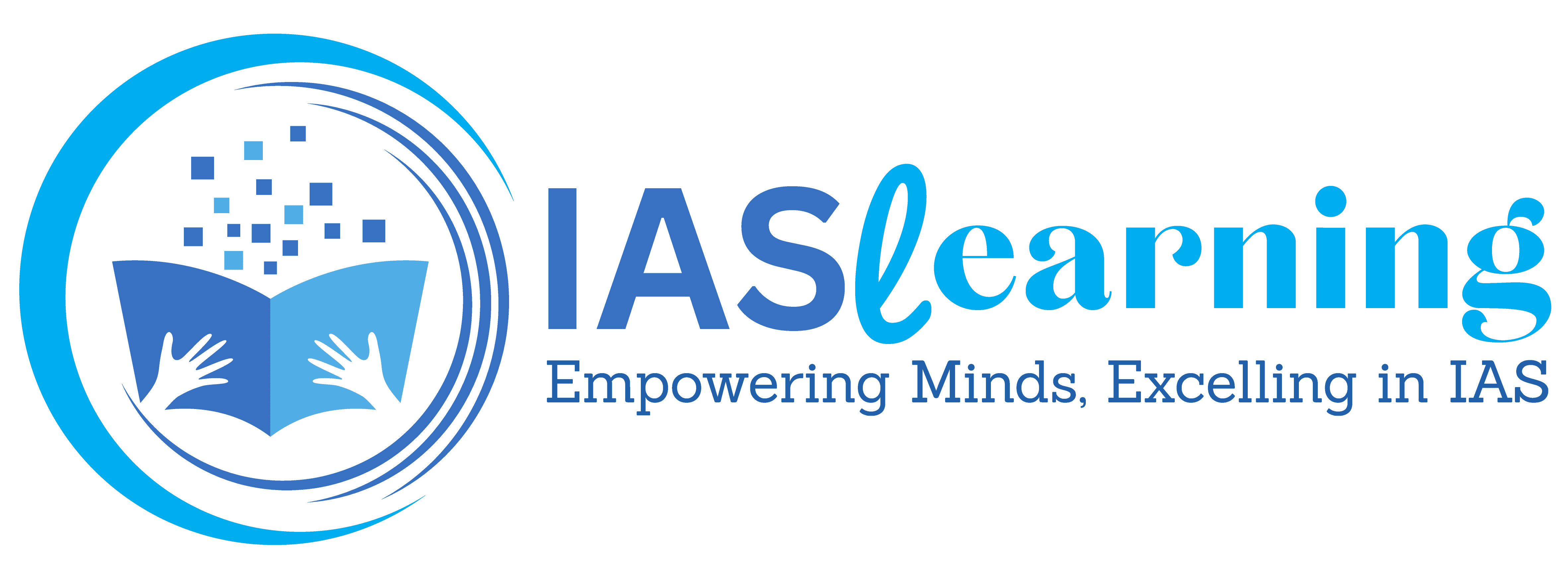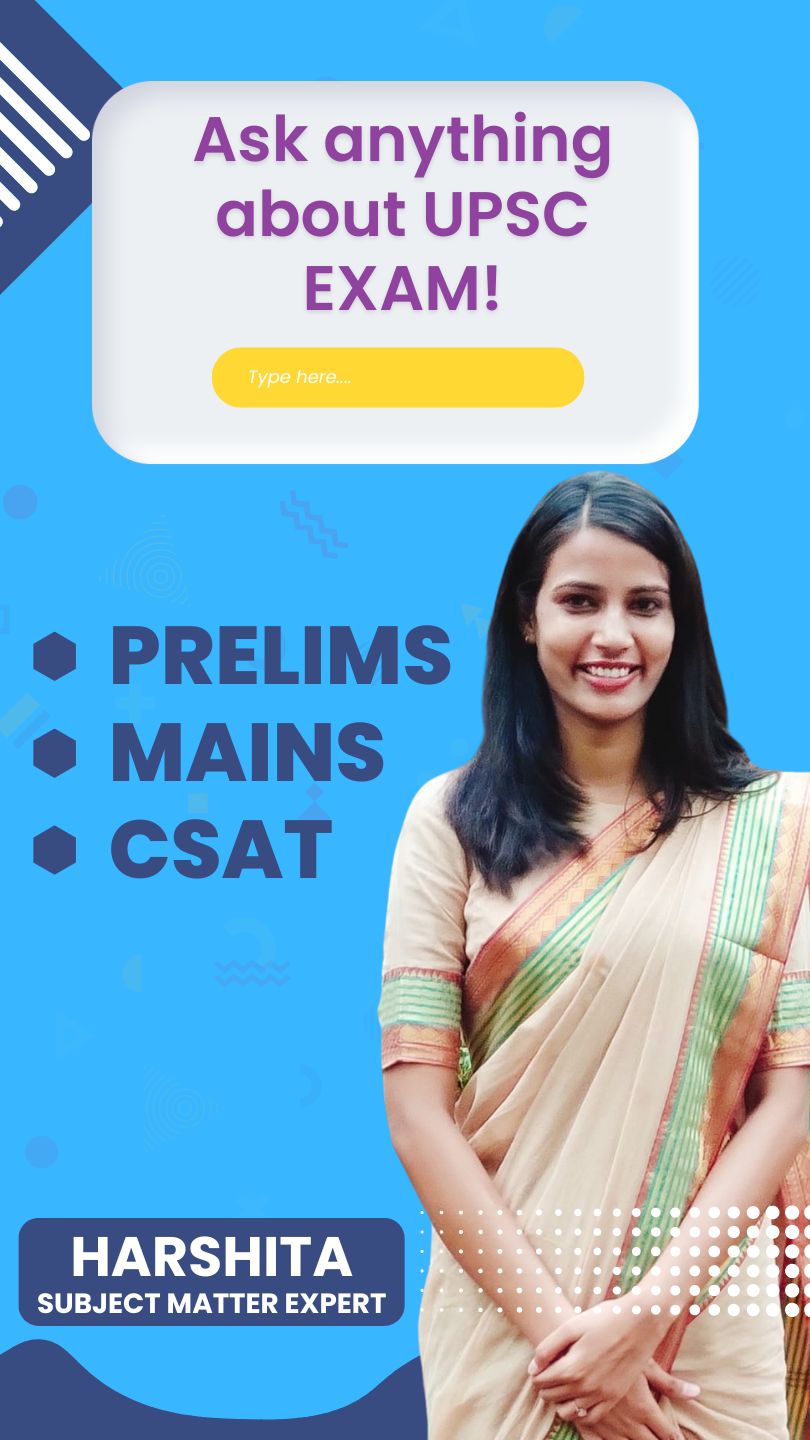Table of Contents
Introduction to Nuclear Disarmament
The reduction or abolition of nuclear weapons is known as nuclear disarmament. It also ensures that nations without nuclear weapons cannot create them. The outcome of this act is a world free of nuclear weapons. Denuclearization is the process leading to complete nuclear disarmament.
Steps to achieve Nuclear Disarmament
- Measures for disarmament and arms control may be imposed on states, adopted unilaterally by a state, or reached between two or more states.
- The 1919 Treaty of Versailles established comprehensive disarmament measures that Germany and its allies were to execute in the wake of Germany’s defeat in World War I.
- Unilateral acts, such as when a country decides on its own to reduce its military capabilities and resources. For instance, Costa Rica was the only country in the world to decide to completely dissolve its armed forces in 1948.
- There are bilateral or multilateral disarmament and arms control agreements are also there so that states can negotiate.
- Examples include the 1919 Treaty of Versailles, unilateral acts like Costa Rica’s disarmament, and bilateral/multilateral agreements.
| Treaties Related to Nuclear Disarmament |
| Partial Test Ban Treaty (PTBT): Bans nuclear weapon tests in the atmosphere, outer space, and underwater. Comprehensive Nuclear-Test-Ban Treaty (CTBT): India hasn’t signed due to concerns about time-bound disarmament commitments. Treaty on the Prohibition of Nuclear Weapons (TPNW): Entered into force in 2021; India isn’t a member. Nuclear Suppliers Group (NSG): Aims to prevent misuse of nuclear technology; India isn’t a member. Missile Technology Control Regime (MTCR): Prevents missile technology proliferation. Hague Code of Conduct against Ballistic Missile Proliferation: Aims to curb ballistic missile proliferation; India is a signatory. |
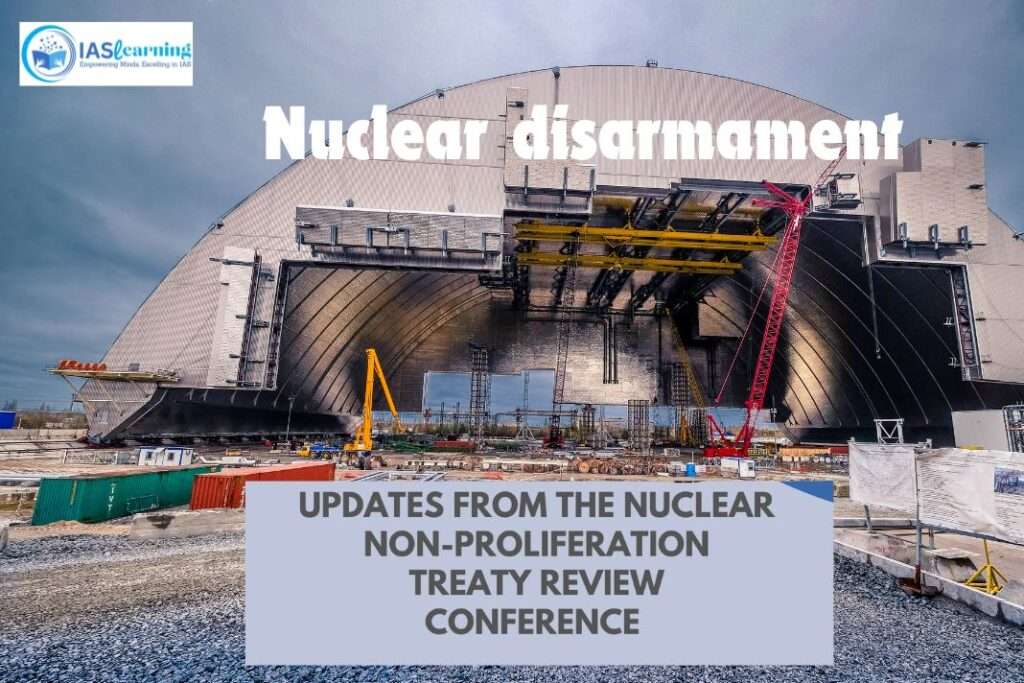
Treaties Related to Nuclear Disarmament
- Partial Test Ban Treaty (PTBT): The Treaty Banning Nuclear Weapon Tests in the Atmosphere, In Outer Space and Under Water, also known as the Partial Test Ban Treaty (PTBT).
- Comprehensive Nuclear-Test-Ban Treaty (CTBT): India has not signed the CTBT as India is a strong advocate for a time-bound disarmament commitment from nuclear weapon states (NWS) and may use the lack of a commitment as a reason to refrain from signing the CTBT.
- The Treaty on the Prohibition of nuclear weapons (TPNW): It entered into force on 22 January 2021 and India is not a member of this treaty.
- Nuclear Suppliers Group(NSG): The Nuclear Suppliers Group (NSG) was created following the explosion in 1974 of a nuclear device by a non-nuclear-weapon State (India), which demonstrated that nuclear technology transferred for peaceful purposes could be misused.
- It is a group of nuclear supplier countries that seeks to contribute to the non-proliferation of nuclear weapons through the implementation of two sets of Guidelines for nuclear exports and nuclear-related exports.
- India is not a member of the NSG.
- The Missile Technology Control Regime: It is an informal and voluntary partnership among 35 countries to prevent the proliferation of missile and unmanned aerial vehicle technology capable of carrying greater than 500 kg payload for more than 300 km.
- The members are thus prohibited from supplying such missiles and UAV systems that are controlled by the MTCR to non-members.
- Hague Code of Conduct against Ballistic Missile Proliferation: The International Code of Conduct against Ballistic Missile Proliferation (ICOC), now known as the Hague Code of Conduct against Ballistic Missile Proliferation (HCOC), is a political initiative aimed at globally curbing ballistic missile proliferation.
- India is a signatory to this convention.
- The Wassenaar Arrangement: The Wassenaar Arrangement is a voluntary export control regime. The Arrangement, formally established in July 1996, has 42 members who exchange information on transfers of conventional weapons and dual-use goods and technologies.
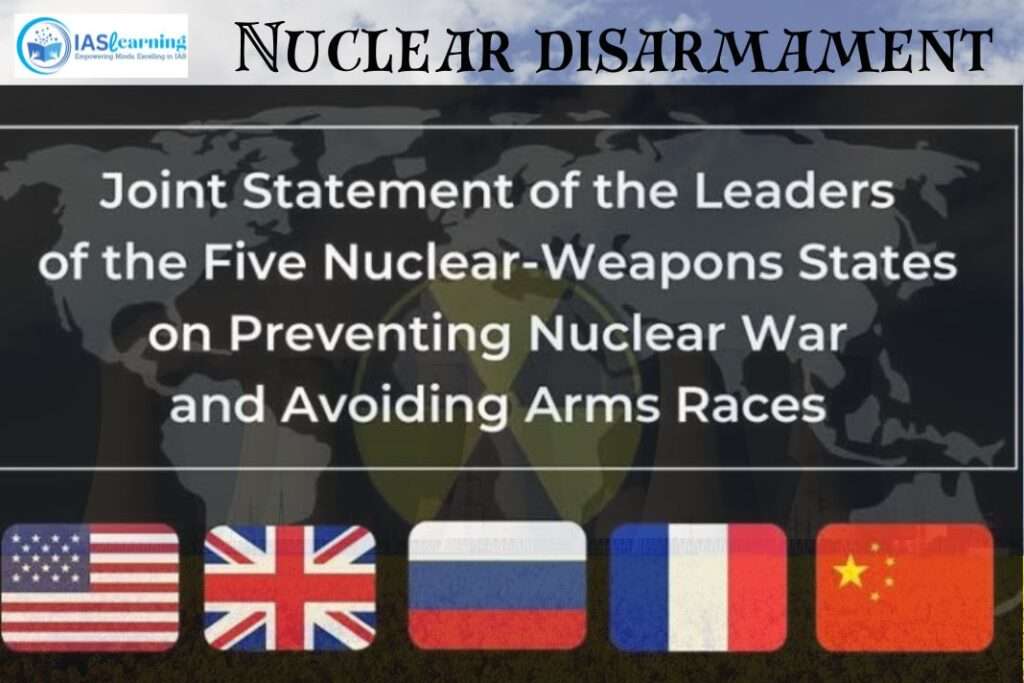
Nuclear Non- Proliferation Treaty
- The NPT is an international treaty whose objective is to prevent the spread of nuclear weapons and weapons technology, to foster the peaceful uses of nuclear energy, and to further the goal of disarmament. Signed in 1968, the treaty entered into force in 1970, and now has 190 member states. It requires countries to give up any present or future plans to build nuclear weapons in return for access to peaceful uses of nuclear energy.
- Three main objectives of the treaty are non-proliferation, disarmament, and the right to peacefully use nuclear technology.
- India is one of the only five countries that either did not sign the NPT or signed but withdrew, thus becoming part of a list that includes Pakistan, Israel, North Korea, and South Sudan.
- India always considered the NPT as discriminatory and had refused to sign it.
- India has opposed the international treaties aimed at non-proliferation since they were selectively applicable to the non-nuclear powers and legitimised the monopoly of the five nuclear weapons powers.
- The parties to the NPT, which came into force in 1970, undertake a review of the treaty’s implementation every five years.
- The Tenth international conference to review the Nuclear Non-Proliferation Treaty (NPT) concluded at the United Nations in New York. The conference, however, ended without a consensus document.
Issues related to NPT
- Failure of Nuclear Disarmament Process
- The NPT is largely seen as a Cold War era instrument that has failed to fulfil the objective of creating a pathway towards a credible disarmament process.
- The Treaty proposes no tangible disarmament roadmap, no reference to test ban or to the freezing of production of either fissile materials or nuclear weapons, and omitted provisions for reductions and elimination.
- It instead allowed sustenance and expansion of arsenals by stipulating January 1967 as the cut-off date to determine the NWS.
- System of Nuclear ‘Haves’ and ‘Have-Nots’
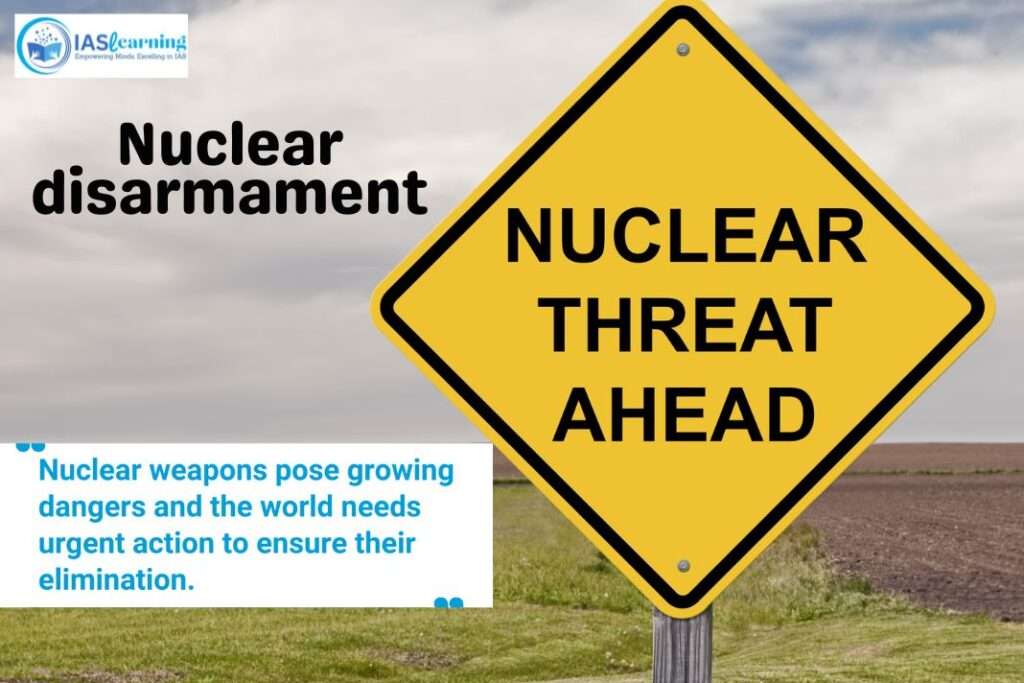
- Non-Nuclear Weapon states (NNWS) criticizes the treaty to be discriminatory as it focuses on preventing only horizontal proliferation while there is no limit for vertical proliferation.
- Vertical proliferation can be defined as the advancement or modernization of a nation-state’s nuclear arsenal, whereas horizontal proliferation is the direct or indirect transfer of technologies from one nation-state to another, which ultimately leads to the more advanced development and proliferation of nuclear weapons.
- As there is no explicit obligation on part of NWS to reduce their arsenal, NWS have continued to expand their respective arsenals without any constraints.
- In this context, NNWS groupings demand that the Nuclear-Weapon States (NWS) should renounce their arsenals and further production in return for commitment of NNWS not to produce them.
- Due to this tussle, most of the quadrennial Review Conferences (RevCon), the forum that reviews the health and functioning of the treaty, has remained largely inconclusive since 1995.
- Post-Cold War Challenges
- The treaty’s existential challenges began in the post-Cold War setting when the attempts by a few State Parties to break-out or gain nuclear latency led to numerous instances of non-compliance, violations and defiance.
- For example, the US alleges Iran of building nuclear Weapons of Mass Destruction.
- The NPT’s indefinite extension in 1995, while invoking its irreplaceability, also underlined the inability of states to formulate a stand-alone instrument towards the objective of disarmament, as enshrined in the NPT.
- The emergence of non-state actors with declared intent to access weapons of mass destruction and the detection of a global nuclear black-market, has raised concerns on the limitations of the treaty to address the challenges thrown up by the new strategic milieu.
Nuclear Doctrine of India
- India’s Nuclear Doctrine is an important variable that determines nuclear stability, particularly in South Asia because the doctrine is usually regarded as being restricted.
- Nuclear doctrine, in general, relates to how a nuclear-armed nation employs its nuclear force throughout times of peace and war. There are three main pillars of the Nuclear Doctrine of India:
- No-First-Use Policy.
- Credible-Minimum-Deterrent.
- Nuclear-Command-Authority (NCA)

Weapons of Mass Destruction (WMD)
- These are weapons with the capacity to inflict death and destruction on such a massive scale and so indiscriminately that its very presence in the hands of a hostile power can be considered a grievous threat.
- Modern weapons of mass destruction are either nuclear, biological, or chemical weapons—frequently referred to collectively as NBC weapons.
- The term weapons of mass destruction has been in currency since at least 1937, when it was used to describe massed formations of bomber aircraft.
- For example, Nuclear bombs used in Hiroshima and Nagasaki attack in Japan.
- Efforts to control the spread of WMD are enshrined in international agreements such as:
- Nuclear Non-proliferation Treaty of 1968
- Biological Weapons Convention of 1972
- Chemical Weapons Convention of 1993
- India has not signed the Nuclear Non-proliferation Treaty, but is signatory to both Biological Weapons Convention and Chemical Weapons Convention.
India’s Nuclear Doctrine
- India adopted a policy of credible minimum deterrence, stating that it would maintain a sufficient nuclear arsenal for deterrence purposes but would not engage in an arms race.
- In 2003, India officially came out with its nuclear doctrine that clearly elaborated on the ‘no first use’ policy.
India’s Current Nuclear Capability
- India currently possesses approximately 160 nuclear warheads, according to the Federation of American Scientists (FAS).
- India has achieved an operational nuclear triad capability, allowing for the launch of nuclear weapons from land, air, and sea.
- The triad delivery systems include Agni, Prithvi, and K series ballistic missiles, fighter aircraft, and nuclear submarines.
Wassenaar Arrangement
- On 26th annual plenary of the Wassenaar Arrangement in Vienna, Ireland handed over the chairmanship to India and India officially assume the chairmanship from 1st January, 2023.
- The Wassenaar Arrangement is a voluntary export control regime. The Arrangement, formally established in July 1996, has 42 members who exchange information on transfers of conventional weapons and dual-use goods and technologies.
- Dual-use refers to the ability of a good or technology to be used for multiple purposes – usually peaceful and military.
- Wassenaar Arrangement’s Secretariat is in Vienna, Austria.
- India became a member of the Arrangement in 2017.
- Wassenaar Arrangement Plenary: It is the decision-making body of the Arrangement.
- It is composed of representatives of all Participating States and normally meets once a year, usually in December.
- The position of Plenary Chair is subject to annual rotation among Participating States.
- All Plenary decisions are taken by consensus.
- Significance of Chairmanship for India
- Can Bolster Anti-Terrorism Efforts:
- The timing of India’s WA chairmanship coincides with a recent increase in country’s anti-terrorism position in international bodies.
- India is also actively engaging global stakeholders in curbing terrorist financing.
- Indian home minister is presently the chair of the No Money for Terrorism (NMFT) ministerial initiative.
- Prevent Arms Diversion to Terrorists: As a chair of the plenary, India would be in a position to steer discussions of the group to further strengthen the export controls to prevent arms diversion to terrorists or to sovereign nations supporting terrorism.
- Strong Anti-Proliferation Framework:
- The worsening economic crisis in India’s western neighbour coupled with rapid radicalization of historically moderate sects in communities in the country poses a peculiar set of challenges to India.
- Strengthening the licensing and enforcement practices under the WA and adoption of new export controls in areas like flight technology, interception technology and digital investigation tools will pave the way for the creation of a strong anti-proliferation framework for South Asia.
- Democratization of space and Defense Technologies:
- India can play a significant role in democratising access to technologies and processes that can serve as crucial building blocks for the newly emerging defence and space manufacturing sectors in India.
- India is slowly emerging as a low-cost producer of several items in the WA’s control lists.
Cluster Bombs
- A cluster munition means a conventional munition that is designed to disperse or release explosive submunitions each weighing less than 20 kilograms and includes those explosive submunitions.
- Essentially, cluster munitions are non-precision weapons that are designed to injure or kill human beings indiscriminately over a large area, and to destroy vehicles and infrastructure such as runways, railway or power transmission lines.
- They can be dropped from an aircraft or launched in a projectile that spins in flight, scattering many bomblets as it travels.
- Many of these bomblets end up not exploding, but continue to lie on the ground, often partially or fully hidden and difficult to locate and remove, posing a threat to the civilian population for long after the fighting has ceased.
- The Convention on Cluster Munitions specifically identifies “cluster munition remnants”, which include “failed cluster munitions, abandoned cluster munitions, unexploded submunitions and unexploded bomblets”
Thermobaric weapon
- Thermobaric weapons also known as aerosol bombs, fuel air explosives, or vaccum bombs use oxygen from the air for a large, high-temperature blast.
- A thermobaric weapon causes significantly greater devastation than a conventional bomb of comparable size.
- The weapons, which go off in two separate stages, can be fired as rockets from tank-mounted launchers or dropped from aircraft.
- As they hit their target, a first explosion splits open the bomb’s fuel container, releasing a cloud of fuel and metal particles that spreads over a large area.
- A second explosion then occurs, igniting the aerosol cloud into a giant ball of fire and sending out intense blast waves that can destroy even reinforced buildings or equipment and vaporize human beings.
Convention on Cluster Munitions
- The Convention on Cluster Munitions is aUnited Nations-adopted legal instrument that prohibits all use, production, transfer and stockpiling of cluster munitions.
- It establishes a framework for cooperation and assistance to ensure adequate assistance to survivors and their communities, clearance of contaminated areas, risk reduction education and destruction of stockpiles.
- It was adopted in Dublin, Ireland in 2008, and was opened for signature in Oslo, Norway. It entered into force in 2010 after the requirement of 30 ratifications was complete.
- Currently, the convention has 110 State Parties and 13 Signatory States.
- Countries that ratify the convention are obliged to never use cluster munitions, and also to never develop, produce, otherwise acquire, retain, stockpile or transfer to anyone cluster munitions.
- India has not signed the convention and is not a party to it. Other countries that are not parties are the US, Russia, China, Pakistan and Israel, among others.
- Vacuum bombs are not prohibited by any international law or agreement, but their use against civilian populations in built-up areas, schools or hospitals, could attract action under the Hague Conventions of 1899 and 1907.
- Hague Convention is any of a series of international treaties that were issued from international conferences held at The Hague in the Netherlands in 1899 and 1907. They establish the laws and customs of war in the strict sense, by defining the rules that belligerents must follow during hostilities.
Way Forward for Nuclear Disarmament
- Rising energy demands have led to a growing number of countries pursuing nuclear energy, and many countries wish to be energy-independent, in order to ensure a sustainable and dependable domestic energy supply. As clean energy, development, and peaceful coexistence are essential for every country.
- Thus, the challenge for the international community will be to reconcile states’ desire for energy independence with their desire to both reduce the intrusiveness of International Atomic Energy Agency (IAEA) safeguards and diminish the possibility of proliferation.
- Also, NNWS welcomes New START and other initiatives, but is anxious to see more concrete actions on reducing the role of nuclear weapons in national security doctrines, reducing alert levels, increasing transparency, and other steps.
- More regions in the world (preferably comprising NWS) should enter into an arrangement of establishing Nuclear-weapon-free zones.
- Further, the Treaty on the Prohibition of Nuclear Weapons is a step in the right direction for nuclear disarmament. Read more…..
